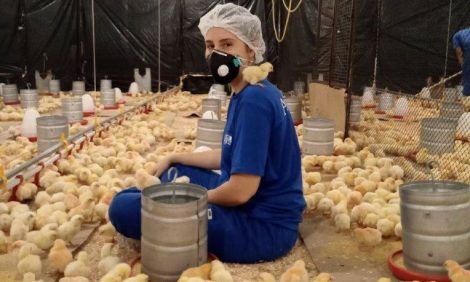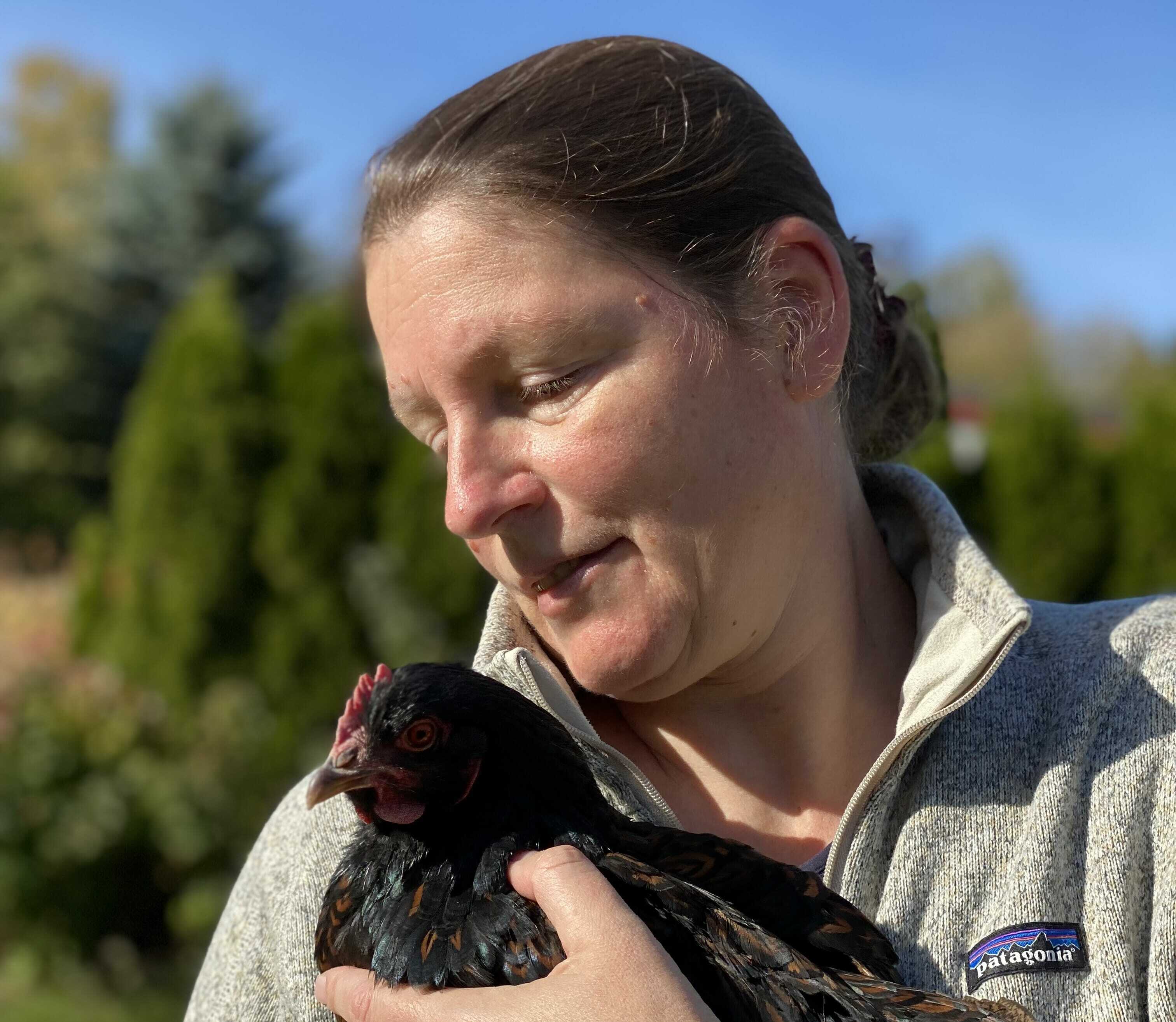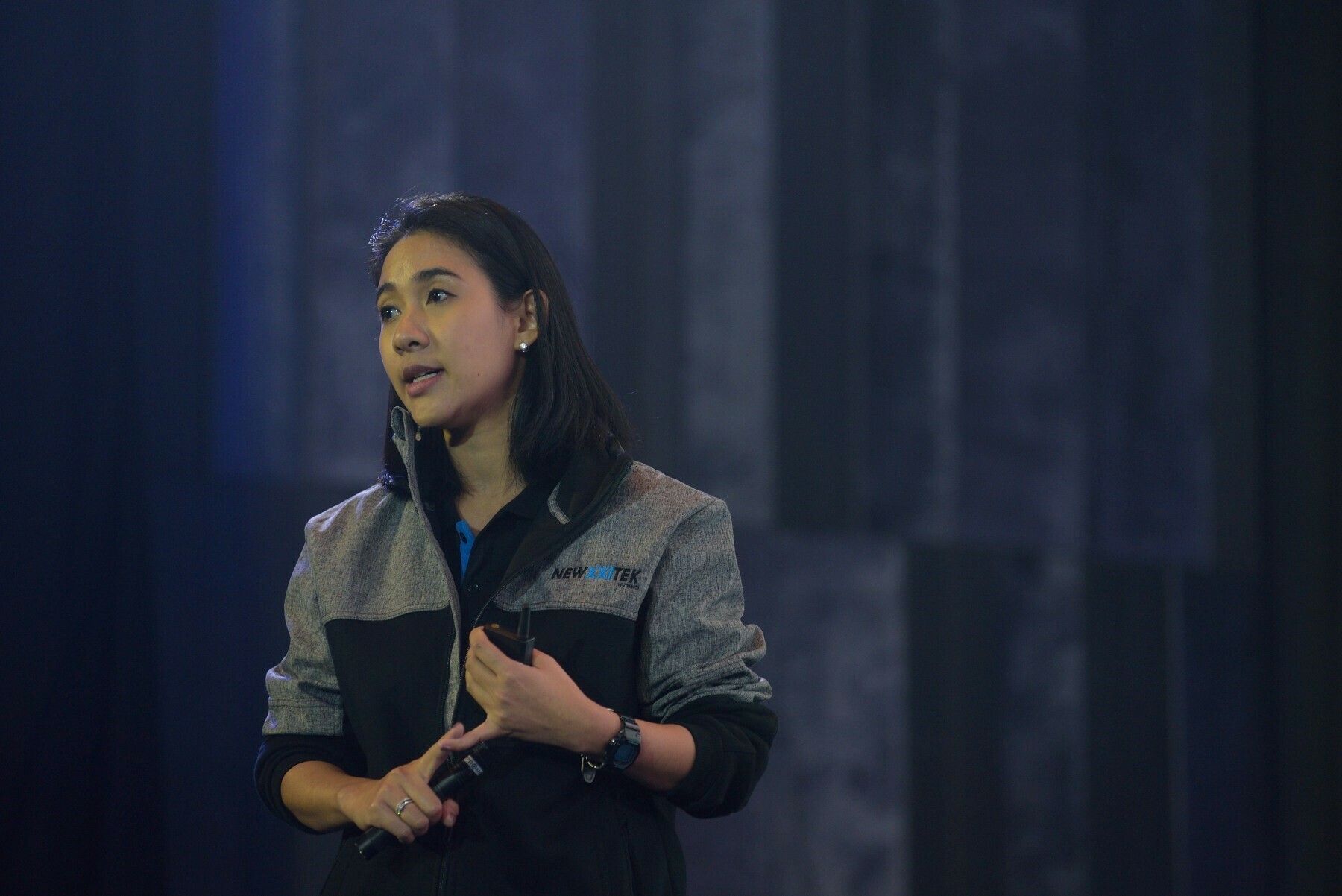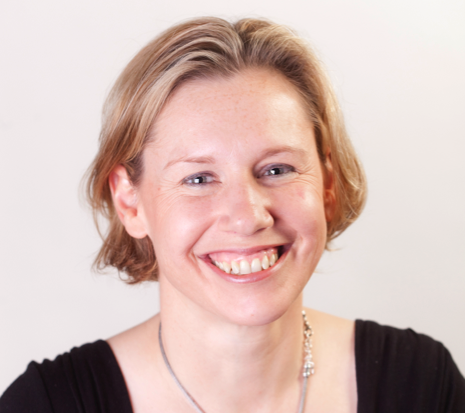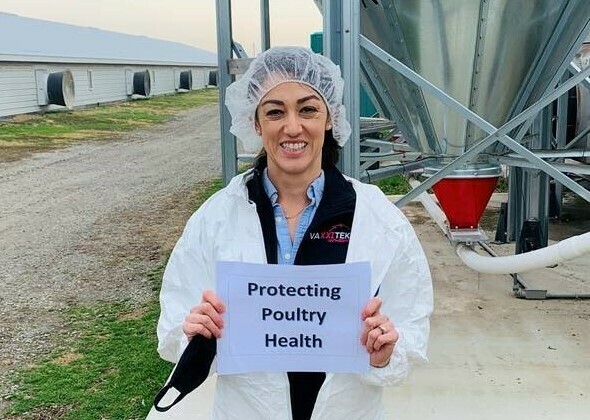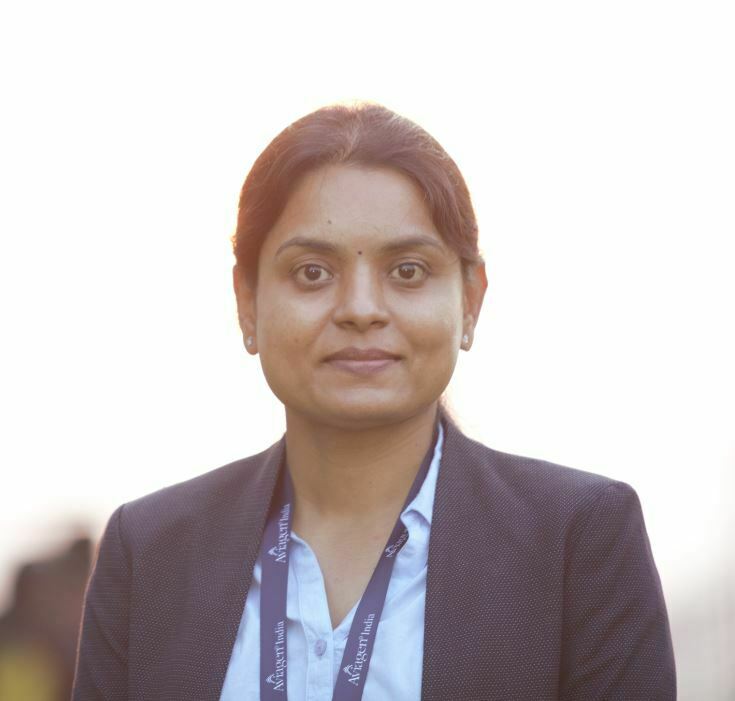



Women in Poultry: Dr. Xandra Smith
Learn more about Dr. Xandra SmithDr. Xandra Smith has spent her career studying microbes and how they affect human and animal health. She joined ARM & HAMMER when the company acquired AgroBioSciences, where she was co-owner and director of microbial ecology. She also worked previously in microbial research roles at Dupont and Danisco. She holds a Ph.D. in animal sciences from the University of Illinois at Urbana-Champaign and studied for her Master’s and undergraduate degrees in South Africa.
Describe a typical day in your current role?
As with most people it is rare for me to have a “typical” day, but rather I am involved in a variety of activities each day that are reflective of my responsibilities. Serving as the Director of Research and Innovation at Arm & Hammer Animal and Food Production, my primary role is overseeing all the operations of the ScienceHearted Center in Waukesha, Wisconsin, USA. This state-of-the-art microbiology lab is the hub of all of our microbial research and development. As the Director, I oversee the many activities happening in the lab every day, from discovery of new Bacillus strains, to monitoring emerging pathogens impacting our customers, to overall product development and improvement.
Additionally, I support our global sales and technical teams as we introduce our microbial products around the world. It is an exciting time for us now as we are continuing to expand our offerings of microbial solutions, also known as probiotics or direct-fed microbials, around the world. So this means I may start my day with an early morning call with our team in China and end the day giving a technical presentation to customers in Japan (thankfully we are all now comfortable with virtual presentations!). Because our approach and product offering are customized, we discuss issues that are unique to certain regions and how best to collect poultry samples in the field to determine the pathogens that are impacting productivity.
What’s unique about your role?
While I work in industry, we run the ScienceHearted Center much like an academic lab. As a result, I have the opportunity to continue the research and discovery I enjoyed in an academic setting coupled with the excitement and fulfillment of providing new solutions to emerging challenges to our customers around the world. It really is the best of both worlds.
In the lab, we first use discovery to understand a disease or other challenge the industry is facing and then use that discovery to develop a solution. For example, when trying to replace growth-promoting antibiotics in the feed it is necessary to first understand the mode of action of those antibiotics: how do they affect the microbial succession in the birds and how are microbial metabolites changing in the gut of a bird fed antibiotics. With that deeper understanding we can then develop microbial solutions that mimic the growth-promoting characteristics of antibiotics.
One important responsibility I have is planning research trials, sometimes of existing products to determine the mode of action and monitor the effects we expect to see in the host, but also developing and testing new products. These trials may be run in field settings with existing customers, potential customers or in contract research organizations. We also collaborate with university and government researchers.
What are the main challenges that you face in your role?
The main challenges I face are similar to those, I assume, in similar roles. We need to identify the top priorities to focus on with an eye on future needs. Because our process of discovery and research takes time, we need to constantly be looking ahead to be ready to help our customers, and the industry as a whole, face new challenges. To help us keep pace, we work closely with our customers with regular tissue monitoring and overall observations in their birds’ environment to see trends that may signal a new pathogen challenge or issue we need to be prepared to address. Using what we call the Microbial Terroir TM process we take samples around the environment, including litter, feed and tissue samples, to analyze which pathogens may be present and impacting overall bird productivity.
What does the future of poultry health look like in terms of preventing and treating disease?
The most significant issue we have experienced over the past decade is a reduction in use of growth promoting antibiotics. This has led to emergence or reemergence of certain pathogens we had once thought were no longer an issue. The industry is having to learn new ways to deal with these pathogens and we will have to determine synergies between products as it unlikely that one approach will yield the same effect as an antibiotic.
Are there individuals or organizations in poultry who you’ve found particularly inspirational?
I have to give a shout out to our sales and technical teams. I trained as a rumen microbiologist, so everything I know about poultry production I learned during field visits with our team to hatcheries, poultry farms and processing facilities. Our team includes a team of experts with extensive experience as nutritionists, veterinarians and production managers and they are all very generous in sharing their knowledge.
Have you encountered any challenges as a woman in your field? If yes, how have you overcome them?
When I started in the agricultural field there were few women role models, particularly ones who were also balancing family responsibilities. There were some well-respected women scientists in agriculture and microbiology while I was doing my Masters and Ph.D degree in the early 1990s, but none of those women had children. At the time, I believed that to be successful I had to choose between a career in biology or a family. However, I was not willing to compromise my desire to have a family. So with the support of my husband and colleagues I was able to achieve both. I am now an empty nester with a daughter at college and a son who has completed his undergraduate degree and is now employed. Both of my children were born while I was working on my Ph.D. and it was not always easy. Adding to the challenge is the fact that I am a foreigner, coming to the states from South Africa, so I did not have support from family for childcare. However, my advisors, mentors and bosses were generally understanding, and my husband took over most of the childcare, especially when the kids reached school age. Actually, being a foreigner may have been what saved my career, as our visa depended on me being employed. It was hard when the kids were little, but I am glad that I persevered because I really enjoy biology and learning and hopefully am making a difference in the industry with practical, science-backed solutions.
What outstanding challenge facing the poultry industry would you most like to solve?
I am always amazed at how much variability there is between birds. Take a recent study we did—all the birds were male, hatched in the same hatchery, I am not sure if they were from the same breeder flock. The birds were placed in the same barn, fed the same feed and there were no overt morbidity issues in the house and yet at harvest at 42 days, some birds were twice the weight of others. How can we ensure better uniformity between birds?
What’s the most exciting innovation that you see on the horizon for the poultry industry?
It is possible to use the CRISPR/Cas9-based platform for precise genome editing within bacteria. This will lead to more opportunities in probiotics: for instance, antibiotic resistance and virulence genes could be removed or antigens for vaccines could be expressed in probiotic strains enhancing their functionality.
What are you most excited about in the next 5-10 years regarding the poultry industry?
What I would like to see happen is that the industry starts treating the bird in ovo. There are numerous studies showing that in ovo feeding or probiotic applications can enhance the health of the emerging chicks and microbial succession in the gastrointestinal tract, as well as improving immune development.










